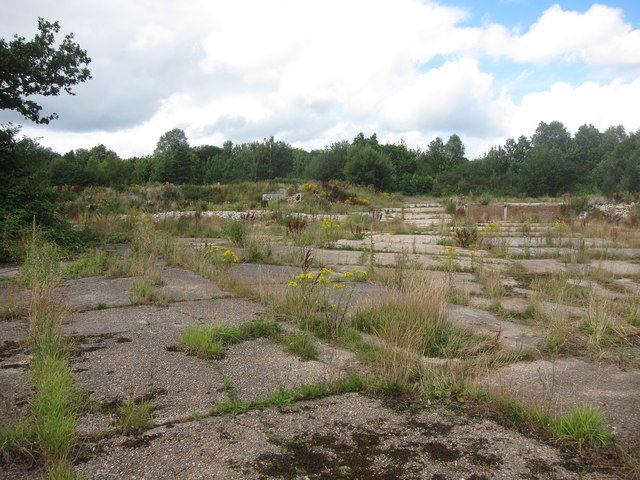The Environmental Protection Agency’s (EPA) Office of Brownfields and Land Revitalization recently released a report with findings on the environmental benefits of brownfield redevelopment. The study compared environmental impacts of development at brownfield sites to those at sites that had previously been undeveloped or located in non-urban areas. The key finding is that brownfield redevelopments[…]
by guest blogger Kat West of Skeo Solutions On November 1, 2020, EPA’s Superfund Redevelopment Program released a fact sheet that promotes opportunity zones to help revitalize contaminated and formerly contaminated property, including Superfund sites. Often called ‘once in a lifetime’ tax benefits, opportunity zones represent a significant incentive for Superfund redevelopment across the nation. Approximately 343[…]
Gain insights on how residential and commercial markets have been affected by COVID-19, and what communities can do not to help themselves take advantage of current or forecasted market trends when considering brownfields redevelopment. Webinar now available on demand sponsored by the EPA’s Office of Brownfields and Land Revitalization Presenters: Juliet Burdelski, Vita Nuova, LLC[…]
Earlier this month, Heartland Forward released its annual report highlighting the country’s most dynamic micropolitan regions—defined as communities with a population between 10,000 and 50,000 people. Consistent with the organization’s focus on improving the economies of America’s heartland through job creation, inclusive growth, and improved health outcomes, Heartland Forward conducts this assessment to allow local[…]
EPA’s Brownfields Program provides funds to empower states, communities, tribes, and nonprofit organizations to prevent, inventory, assess, clean up, and reuse brownfield sites. A brownfield site is defined as real property, the expansion, redevelopment, or reuse of which may be complicated by the presence or potential presence of hazardous substances, pollutants, contaminants, controlled substances, petroleum[…]
This is an evolving story of how a small town in California banded together with an industrial owner of a former manufacturing site and a developer to create a dynamic new job center. Working together, they overcame legacy environmental impacts, a bottleneck of transportation infrastructure, and lack of jobs for the growing middle-class population. Hear[…]
As our nation debates a range of public safety and policing issues, the planning community can do its part by creating built environments that intentionally deter crime. The National Institute of Crime Prevention has a professional designation of Crime Prevention through Environmental Design (CPTED) that provides multi-disciplinary training on the architectural and design elements that[…]
Changing a site to something productive takes vision and persistence over a long period of time. This type of work also requires new and creative partnerships. The Overland Jeep 80-acre site in Toledo, Ohio is a great example of working partnerships. Communities consistently make similar common mistakes when going through the long-term recovery process —[…]
Watch the recording of this webinar. Opportunity Zones have received a lot of press, both good and bad. They are a new way to attract large-scale investments to tough parts of the country. However, understanding and communicating their benefits is not so simple. Join Abigail Emison of Vita Nuova and Michael Malley of Mikton Consulting as[…]
Changing a site to something productive takes vision and persistence over a long period of time. This type of work also requires new and creative partnerships. The Overland Jeep 80-acre site in Toledo, Ohio is a great example of working partnerships. From 1888 to 2006, the site was home to Toledo’s century-old automobile manufacturing hub,[…]










